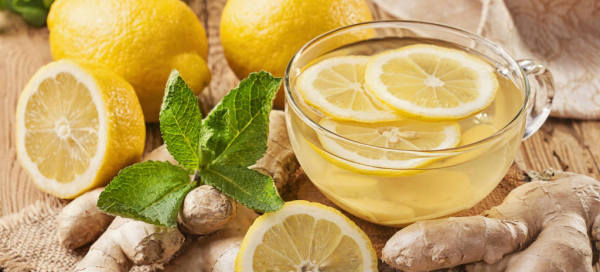To become as good a tennis player as Andy Murray take many years of dedicated practice and with years and years of practice increases the risk of accumulated injuries.
With Wimbledon comes an upsurge of interest in tennis,we offer some invaluable advice on staying injury free this tennis season.
For two weeks at the end of June, a certain ‘fever’ tends to sweep the country, this being ‘tennis fever’. Tennis is the second most played racket sport in the UK, close to overtaking badminton in popularity, with an estimated 860,000 people playing.
Bedford Chiropractic Clinic will see an increase in tennis related injuries. Just the same thing happens every year in the tennis season but with Andy Murray winning even more people will try tennis for the first time.
Playing tennis is a great way to stay physically fit but it requires a variety of physical attributes, including power, endurance, speed, strength, balance, and of course specific playing skills. Compared to other sports, the risk of injury from playing tennis is relatively low, but there are certain factors that increase the risk of an injury that apply to both competitive and social players:
- Incorrect technique – poor serve and swing technique will increase the chance of injury, particularly to the elbow and wrist. Relying on only the arm to hit the ball, as opposed to the body’s full strength, leads to an incorrect swinging action. A healthy spine able to flex and absorb these heavy twisting loads the discs in the spine can suffer serious injury that can impact everyday life not just sporting ability.
- Failure to warm up and cool down – warming up / cooling down reduces the risk of muscle and joint injuries, and improves performance.
- Time spent playing – overexertion is one of the most common causes of injury, and with insufficient rest and recovery time for the body, overuse injuries are more likely to occur.
- Previous injury – previous injury can lead to similar injuries in the future, especially if you hadn’t taken enough time to fully recover.
When it comes to tennis injuries, they fall into one of two categories; two-thirds of tennis injuries are due to overuse, and the other one-third due to trauma or an acute event such as sudden force or impact. Cumulative, or overuse, injuries most often affect the shoulders, elbows and wrists, with acute injuries affecting the low back, knee or ankle.
Tennis Elbow – the most well-known of all tennis injuries, it is estimated that over 50% of players will suffer with it at some point in their career. It is an overuse injury of the muscles that bend the wrist backwards, from repeated contraction, and can also be caused by improper technique, such as using too much wrist and not enough arm when you hit a backhand shot (faulty backhand follow-through).
Tennis Shoulder – shoulder overuse injuries are usually a result of poor conditioning and strength of the rotatory cuff muscles, a group of muscles at the back of the shoulder. These muscles help to position the shoulder correctly in the socket, and a weakness can cause an increase in ‘play’ of the ball in the socket, irritating the tissues. Tennis shoulder injuries often appear after over-loading the rotator cuff when the muscles are contracting, and are usually caused during the follow-through phase of the serve. These injuries cause pain when the ball makes contact with the racquet during the serve, and cause a decrease in serve velocity.
Tennis Ankle – these injuries fall into the traumatic/acute bracket and are caused by a sudden sideways movement, such as pivoting while making a subtle but rapid change in direction, resulting in twisting or turning the ankle inwards. Playing on a slippery wet surface increases the risk of these types of injuries, as does continuing to play, even when fatigue is overwhelming you.
Low back pain – many tennis players will suffer with low back pain at one time or another. It can be caused by the twisting/rotating movement when trying to hit the ball, the sudden deceleration and changes in direction during a game, or over-extending the back during the serve; this repetitive action places considerable stress on the muscles, tendons and ligaments around the spine, and on the spinal joints themselves. Any accumulation of injury to the discs must be avoided at all times as the discs do not have a blood supply and cannot heal very well. All too often this fact is ignored and the damage accumulated becomes too extensive and permanent disability is the result. Just taking painkillers and waiting for such injuries to heal is a recipe for disaster.
What is a Stress Fracture of the Back?
A stress fracture of the back, or lumbar spine, is one of the more common bone injuries in young tennis players. Lower back stress fractures are usually characterized by an ache in the lower back which is exacerbated by sporting activities and eased by rest, although a small percentage of people with a stress fracture can be pain free. Typically it is sore when the patient bends backwards, particularly if standing on one leg. If a lower back stress fracture is suspected, a chiropractor may decide to refer the patient for a MRI scan to confirm the diagnosis.
What can you do to prevent a Stress Fracture?
Serving in tennis requires a combination of spinal hyper extension (bending back) together with rotation and side bending of the trunk. This puts a lot of stress on an area of the vertebra called the Pars Interarticularis and this is where stress fracture develops.
Practicing the service should be carefully monitored by the coach to ensure the lower back is not being overloaded. This is particulary important in adolescent players who have just experienced a growth spurt as they are known to be more at risk from this injury.
core stability exercises can help prevent back problems in tennis players.
What should you do if you suffer a Stress Fracture of the Back?
In most cases, complete rest from tennis is the treatment of choice. This would usually be for a period of 6 weeks to allow the bone to heal. In the early stages, a soothing ice pack can reduce back pain and alleviate back pain. During this period, a progressive exercise programme may commence, under the supervision of a qualified chiropractor. This usually starts with exercises to increase the muscular stability in the lower back.
Research has shown that a lack of muscular stability in the lumbar and pelvic regions can lead to low back pain and stress fractures. The principle behind this is that if certain specific muscles can be recruited or contracted, the spine will have much better support. This prevents postural faults which can predispose a person to back pain.
Spine injuries common in young tennis players
Elite tennis players in their teens appear to have a very high rate of lower spine injury, a 2007 study suggests. Although the subjects in this study did not have symptoms, the researchers point out that these injuries will probably progress to more serious conditions if training techniques are not modified. As with common back problems because it doesn’t hurt doesn’t mean that a problem doesn’t exit.
The British researchers found that of 33 elite-level tennis players they examined, 85 percent had some sort of abnormality in the lower spine. Damage to the joints at the back of the spine, stress fractures and herniated discs were among the problems seen on MRI scans.
Tennis players’ careers depend largely on how well they perform at the junior level, the study authors note in their report, published online by the British Journal of Sports Medicine.
This means that during their growth spurt years, young athletes are going through frequent and intense training that can raise their risk of injury.
Tennis involves constant spinal movements — like quick twists and backward arching — that can account for the injuries seen in this study, according to the authors, led by Dr. David Connell of the Royal National Orthopedic Hospital.
The findings are based on 18 male and 15 female athletes training at a UK national tennis center. None complained of any back pain, but using MRI scans, Connell’s team found that only five players had normal exam results.
The most common abnormality was facet joint arthropathy, damage to joints at the back of the spine that are involved in backward arching. A full 70 percent of the players showed this problem; in contrast, studies of middle-aged adults in the general population have found that 8 percent to 21 percent of symptom-free people have facet joint arthropathy, demonstrating that spinal wear and tear is not painful until we then overload already weakened joints.
In addition, the researchers found, more than one quarter of the players had sustained stress fractures in bone structures at the back of the spine, while nearly 40 percent had herniated spinal discs.
It’s important to spot such abnormalities, they conclude, so that training can be modified to prevent the problem from worsening.
SOURCE: British Journal of Sports Medicine, July 19, 2007 online.
When looking at ways to help avoid tennis injuries, we can split it into 5 key areas:
Environment:
- avoid playing on hard surface courts with no ‘give’, such as cement, asphalt or synthetic courts.
- inspect the court for holes/cracks that may trip you up.
- ensure the court is well lit if playing at night.
- avoid playing in extreme weather conditions.
- never play on a wet court.
- clean off leaves, debris, loose balls etc. from the court.
Dress:
- wear shoes specifically designed for tennis that support the heel and prevent ankle rolling, choose tennis shoes with skid-resistant soles and high arch supports.
- consider wearing heel inserts or specially padded tennis socks to absorb the shock when playing on hard services to protect the lower back.
Equipment:
- see a professional to select a racquet that is the appropriate size and weight, and one that suits your skill level; too light or heavy will increase the risk of shoulder/elbow injuries.
- a flexible racquet with a larger head is gentler on the arm as the flexion absorbs some of the shock, spreading it over a longer period; this helps to prevent a tennis elbow injury.
- low string tension is better on the arm as it increases the dwell time of the ball on the strings.
- thinner strings are more elastic and have better shock-absorbing capacities, making them better for the arm.
- a grip that is too small or large will increase the risk of an elbow injury as the player has to grip the racquet too tightly to prevent it from twisting.
- never play with wet tennis balls, especially if you have had a previous shoulder/arm injury.
- avoid old or low-pressure balls; aim to replace them as soon as they start to lose their bounce.
Preparation:
- working on stretching and toning your arm muscles off the court will guard against injury; swimming is a good way to achieve this.
- warm up gently, increase your heart rate with a slow jog or jumping jacks.
- slowly stretch muscles to improve joint range of motion, and promote elasticity in the ligaments and tendons; hold stretches for 30 seconds.
- start slowly, hitting a few balls to your opponent; serve several times until the shoulder feels looser.
- be sure to cool down with stretches after playing to prevent stiff and sore muscles and joints.
Technique:
- take lessons from a qualified coach to develop skills and technique.
- when serving/hitting overhead, avoid over-arching the lower back; bend your knees and raise your heels instead, so the upper body weight is evenly balanced.
- avoid landing on the ball of the foot as this can lead to an Achilles’ tendon injury.
- hitting the ball in front of the body makes it easier to fully use the shoulder and trunk.
- forearm muscles are better able to handle the shock if the wrist is held straight when the ball impacts the racquet.
- use the forearm for control, and the shoulder/trunk for strength.
- use the other arm for balance with one-handed backhand.
- in the event of a previous injury or weakness to the elbow, try a two-handed backhand. If you sustain an injury on the tennis court, the best plan of action is to stop playing and seek the appropriate advice and treatment.
- Chiropractors, whilst best known for treating spinal injuries, are also trained in treating all of the other joints of the body, including the shoulder, elbow and wrist. If you get gripped with tennis fever, and even with following these hints and tips, you still sustain an injury of your muscles, bones or joints, chiropractic may have the answer.

 g.
g. Lean Red Meat
Lean Red Meat
 Chocolate
Chocolate Shellfish
Shellfish Avocado
Avocado Fatty Fish
Fatty Fish





 Mixed Vegetables
Mixed Vegetables





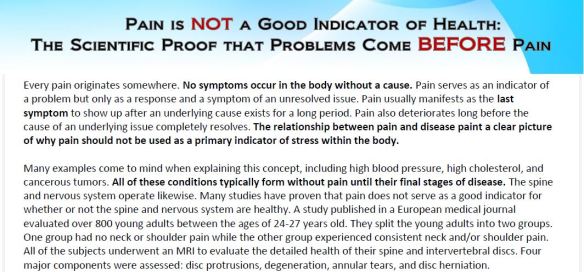
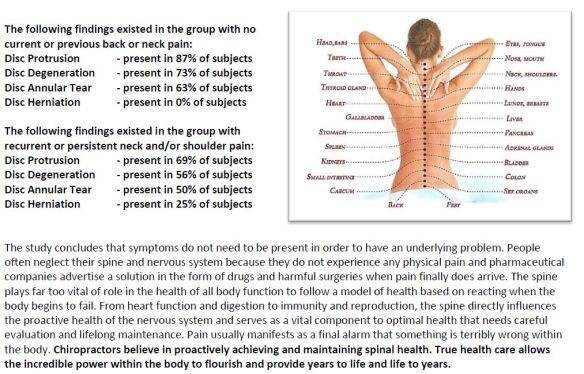
 lt and Cinnamon Chips
lt and Cinnamon Chips 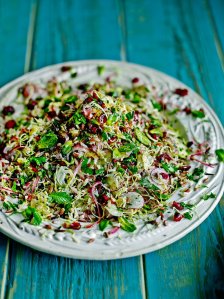

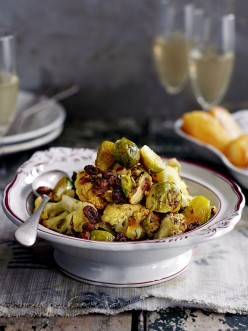

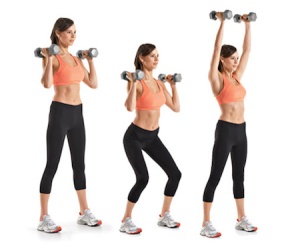 s (maximum bone density and strength) than those who do not. For most people, bone mass peaks during the third decade of life. After that time, we can begin to lose bone. Women and men older than age 20 can help prevent bone loss with regular exercise. Exercising allows us to maintain muscle strength, coordination, and balance, which in turn helps to prevent falls and related fractures. This is especially important for older adults and people who have been diagnosed with osteoporosis.
s (maximum bone density and strength) than those who do not. For most people, bone mass peaks during the third decade of life. After that time, we can begin to lose bone. Women and men older than age 20 can help prevent bone loss with regular exercise. Exercising allows us to maintain muscle strength, coordination, and balance, which in turn helps to prevent falls and related fractures. This is especially important for older adults and people who have been diagnosed with osteoporosis.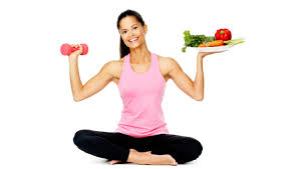 earing include swimming and bicycling. Although these activities help build and maintain strong muscles and have excellent cardiovascular benefits, they are not the best way to exercise your bones.
earing include swimming and bicycling. Although these activities help build and maintain strong muscles and have excellent cardiovascular benefits, they are not the best way to exercise your bones.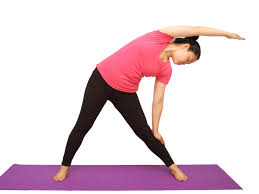 dy. When starting an exercise routine, you may have some muscle soreness and discomfort at the beginning, but this should not be painful or last more than 48 hours. If it does, you may be working too hard and need to ease up. Stop exercising if you have any chest pain or discomfort, and see your doctor before your next exercise session.
dy. When starting an exercise routine, you may have some muscle soreness and discomfort at the beginning, but this should not be painful or last more than 48 hours. If it does, you may be working too hard and need to ease up. Stop exercising if you have any chest pain or discomfort, and see your doctor before your next exercise session. Happy Halloween! This year, while ghosts and goblins lurk outside, look within – to your own skeleton. Bone health is an essential, yet often ignored, component of a winning wellness plan. Taking care of your bones can scare off a host of frightening conditions such as osteoporosis, back pain, fractures and arthritis.
Happy Halloween! This year, while ghosts and goblins lurk outside, look within – to your own skeleton. Bone health is an essential, yet often ignored, component of a winning wellness plan. Taking care of your bones can scare off a host of frightening conditions such as osteoporosis, back pain, fractures and arthritis.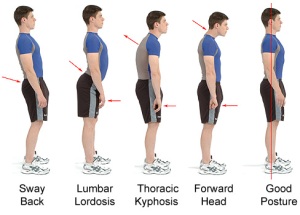 rely unlucky – they have postural discrepancies.
rely unlucky – they have postural discrepancies.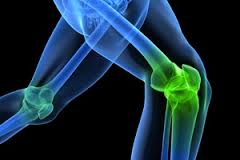 are can help you steer clear of this collision course. Range of motion (ROM) problems are associated with vertebral subluxations. Chiropractic adjustments effectively correct vertebral subluxations, promoting optimal ROM. In one study, investigators measured neck ROM prior to chiropractic adjustment, and then again 30 to 45 minutes following the procedure. Chiropractic adjustments to the side of the neck, where motion was restricted, produced a “dramatic reduction” in ROM restriction (Journal of Manipulative & Physiological Therapeutics;1989;126:419-27). Over time, chiropractic adjustments stimulate long-term ROM corrections.
are can help you steer clear of this collision course. Range of motion (ROM) problems are associated with vertebral subluxations. Chiropractic adjustments effectively correct vertebral subluxations, promoting optimal ROM. In one study, investigators measured neck ROM prior to chiropractic adjustment, and then again 30 to 45 minutes following the procedure. Chiropractic adjustments to the side of the neck, where motion was restricted, produced a “dramatic reduction” in ROM restriction (Journal of Manipulative & Physiological Therapeutics;1989;126:419-27). Over time, chiropractic adjustments stimulate long-term ROM corrections.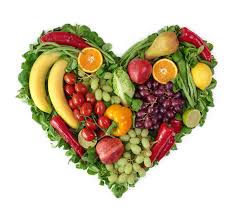 s, foods containing additives like EDTA, caffeine, soda, sodium-rich foods and meat.
s, foods containing additives like EDTA, caffeine, soda, sodium-rich foods and meat. clinic for a Consultation today. It’s just the treat that will keep the trick knees, trick backs and other trick skeletal flaws away. Halloween!
clinic for a Consultation today. It’s just the treat that will keep the trick knees, trick backs and other trick skeletal flaws away. Halloween!